![[Edited] Photo of the Display Window at Envy Saint John, Fashion Forward 2011 [Edited] Photo of the Display Window at Envy Saint John, Fashion Forward 2011](http://static1.squarespace.com/static/57ec45673e00be08c53b9142/57ec809435a11a0c37e006c3/57ec809c35a11a0c37e0078e/1475117212050/Fashion_Fwd2011-117.jpg?format=original) Every day brand interactions occur that either draw customers into your community or send them running for the hills. Online social networks offer an opportunity to salvage small mistakes that leave big impressions, or add salt to wounds that starts a movement against your brand.
Every day brand interactions occur that either draw customers into your community or send them running for the hills. Online social networks offer an opportunity to salvage small mistakes that leave big impressions, or add salt to wounds that starts a movement against your brand.
We all remember the infamous 'United Breaks Guitars' incident, where a dissatisfied customer wrote an unflattering song and video about United Airlines and, as of today, has close to 12 million viewers. The damage caused to the United brand by a relatively small, yet poor decision to throw a customer's guitar and fail to make amends is monumental and a lesson to us all.
The lesson that seems gets missed is that, in contrast, small interactions can become powerful hooks that draw people to your brand, building loyalty, respect and affection for your company and the people who work for you.
A Mini Case Study: A Social, Local Fashion Industry and One Bad Apple
Some businesses get it right and I want to draw attention to a few great businesses in my community who provide excellent service and online support for their women’s retail stores, and one that doesn’t. Following are 6 Recommendations to avoid a customer service crisis, using our great local shops as an example of the do’s, contrasted with the story of a recent interaction I had with a large chain store called Envy for the dont’s.
1. Let Employees Take Ownership of Your Community
I’m not a power shopper but I like to shop and consider it an important part of my social life. The local, independent stores listed below call me by name, ask me how my pregnancy is going, treat me as a friend, and chat with me online.
- Je Suis Prest never questions the nature of a return, knows my style, my size, my buying interests.
- Silver Daisy Designs, after getting to know me and trust my loyalty and appreciation for their products, has offered for me to take clothes from their store to wear at local events.
- Manchester Shoes asks me how my mother likes the boots she bought a few weeks ago and congratulated me on my pregnancy (which doesn’t show yet, by the way).
- Urban Shoe Myth, is another great boutique shop that brings in unique products based on an intimate, personal knowledge of their customers.
- Both Silver Daisy and Je Suis Prest take part in Saint John Cut (community photo shoots), in support of local artists and a growing fashion sector, among many other community-based fashion initiatives benefiting a variety of community charitable organizations.
Imagine seeing the same person at least once a month for more than 2 years and not caring to find out anything about that person, even their name. If the company you work for doesn’t reward this kind of curiosity, it is likely that you wouldn’t bother.
Last week I attempted to return a $50 sweater with receipt and tags attached to Envy and was told that they would need to contact “the head office on Monday” because I missed the return deadline. Yesterday they called to tell me that Envy would not be granting a return or exchange on the item...
2. Empower Your Employees To Build Relationships With Great Service
...Envy has been one of my favourite women's clothing stores. They employ kind, helpful, and knowledgeable staff who are a pleasure to visit on a day out shopping. What they don't employ are policies that let their staff give the same excellent service that their small, independent competitors do.
While Envy is in the business of selling clothes and making profits for their corporate head office through sales and visual branding, their smaller competitors are building community (and selling clothes and making profits) through respect, personal interactions and flexibility. I would be willing to bet that the great people who Envy employs in their store have a good sense of what great service is but are granted no decision-making power to execute...
3. Be Found Online
If a customer is not happy and they want to talk to you about it, be available so they talk to you before they complain to others. Your conversations with customers won’t always be happy interactions but you will always have the opportunity to show your respect, concern, and excellent service as you become part of the solution to their problems.
Every small local retailer I buy from has a social media presence that they watch and feed, through which I can contact them with any issues. Usually what I share with them are +1s, likes, and compliments for great service. But when customers do have a problem or leave a complaint, I can also see them providing solutions and keeping a friend, which keeps me too.
...After 15 minutes of searching for Envy online I located a Facebook account and posted my concern to their wall. Envy made their decision not to accept my return so I made my decision to share a simple post with friends and fellow shoppers on their Facebook account - which Envy chose to delete a short time later.
I learned that Envy, Samuel & Co. and Psuedio, all sister companies under the title of Sherlock Clothing Ltd., have a ‘head office’ with almost no connection to my community and all customer related decisions limited to Monday-Friday 8-4pm...
4. Respect Your Customer’s Network
It used to be that corporations had a voice and customers had nothing. Now consumer networks often rival your brand and usually command greater loyalty and credibility. Before you choose your response to a customer, know that you are talking to a partner, not a peon.
...Deleting my online complaint didn’t hide the issue. In this case, my message of poor customer service reached 8110 people (Facebook and Twitter combined) within 30 minutes. Envy’s reponse to an 8000+ audience was “Our return policy is written on the receipt, email our head office,” and soon after deleted the entire thread.
Guilty? Embarrassed? I get that. I also get that deleting customer complaints doesn’t hide or make the problem go away. Ignoring your customers is not as easy as it used to be...
5. Use Your Data To Know and Serve Your Customers
The small independent retailers that I shop from use their information about my purchasing patterns to recommend products I might like and to welcome me as a friend with personal knowledge of my interests and big life events. They know that I don’t take advantage of their good will when the occasion arises that I wish to return a product. They also know I’ll be back when they do.
...Envy has been tracking my purchases since I started buying from them in 2003 by asking for my phone number every time I buy. They would know I started buying from them when I lived in Halifax, continued to shop there in Moncton, and was excited when the store came to Saint John a few years ago. They also know that this is the first time I have ever attempted to return anything to them and, admittedly, they would know that I have spent considerable money there year after year...
6. Invest in Communities, Not Just Promotions
For the local retailers I’ve mentioned, their goal is to build a community and social media is merely a tool to help with that. They have conversations with their customers, positive and negative, and behave with friendship toward the people they are in business to serve. This community is attractive to others and is what someone finds when they search online for retail stores in my city. They support local events and local businesses because being active participants of our community is also a part of their brand.
...I also posted my Envy issue to Twitter where a fantastic flurry of responses ensued that demonstrated to me that our local retailers have built a solid community - often shared with each other - around personal relationships, exceptional service, and responsiveness on social channels.
These retailers acknowledged interactions they have had with me and even their awareness that I am pregnant! How’s that for personal? To my knowledge, Envy/Samuel&Co was unaware that their potential community had been hijacked.
Our local retailers know me on a deeper level than Envy head office. They responded to my online posts about Envy as friends with support and concern, but not with disrespect to their competitors. In contrast, I didn’t hear a word on Twitter from Envy or its sister company Samuel&Co. Instead, their choice was to ignore me, delete our interaction, and keep my $50.
Deconstructing The Envy Service Failure
Perhaps the Envy/Samuel&Co/Pseudio empire is executing the same customer service model that has helped them to grow their clientele for decades, and are therefore unwilling to ‘fix what isn’t broken.’
However, the way customer service is delivered is changing all around them and consumers have an expectation that they will keep up with these changes in standard. If buyers like me have grown entitled to excellent, personal service it is because others have provided it to us.
The Sherlock Clothing Ltd. corporation has chosen to keep $50 in revenue at the cost of losing a loyal customer. I’m really not sure how they could have expected a different outcome if they understood what social business means to their profits. We care about being treated as human beings, with some appreciation that without our dollars, there is no business.
The Empires Are Making The Small Brands Shine
Perhaps it is because I am so well treated, listened to and engaged with by other local companies that I am even writing this blog today.
Social media has introduced two-way mass communication and has ushered in an era in which we expect social businesses to respond to us and treat us like our friends do.
Why on earth would I support a business that does not support me back, ignores my concerns, my fellow shoppers, its own employees, and my community? Why would I spend another dime in a place that is run by someone who sits by the phone miles away, dead to the world of social media, when my neighbours, my community members, my friends and retail owners are rolling out the red carpet for me every time I walk into their store? They listen to me, engage with me, and make my community a better place to live in.
Thank you to Envy for making this clear to me, and thank you to the $50 sweater that will go forever unworn. A constant reminder of the treasure we have in local, social retail.
Do you have a story of great (or not so great) customer service online? Tell us in the comments below.
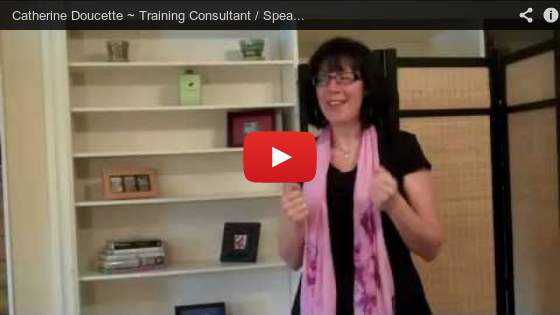 My business is teaching, talking, and sharing. In fact, blogging about training or leadership is one of my favourite parts of owning a business. So why was that upload button on YouTube this time so scary? Why did I feel the urge to inhale an entire chocolate bar or phone a friend?
My business is teaching, talking, and sharing. In fact, blogging about training or leadership is one of my favourite parts of owning a business. So why was that upload button on YouTube this time so scary? Why did I feel the urge to inhale an entire chocolate bar or phone a friend?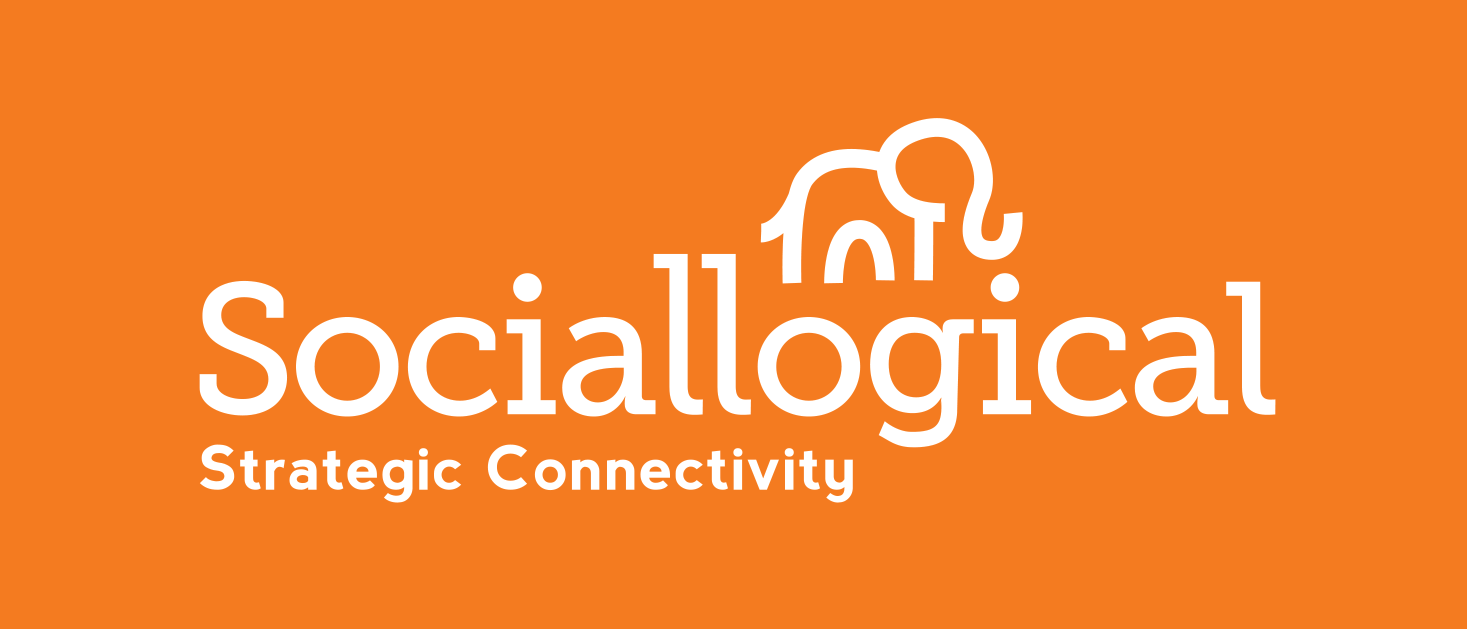


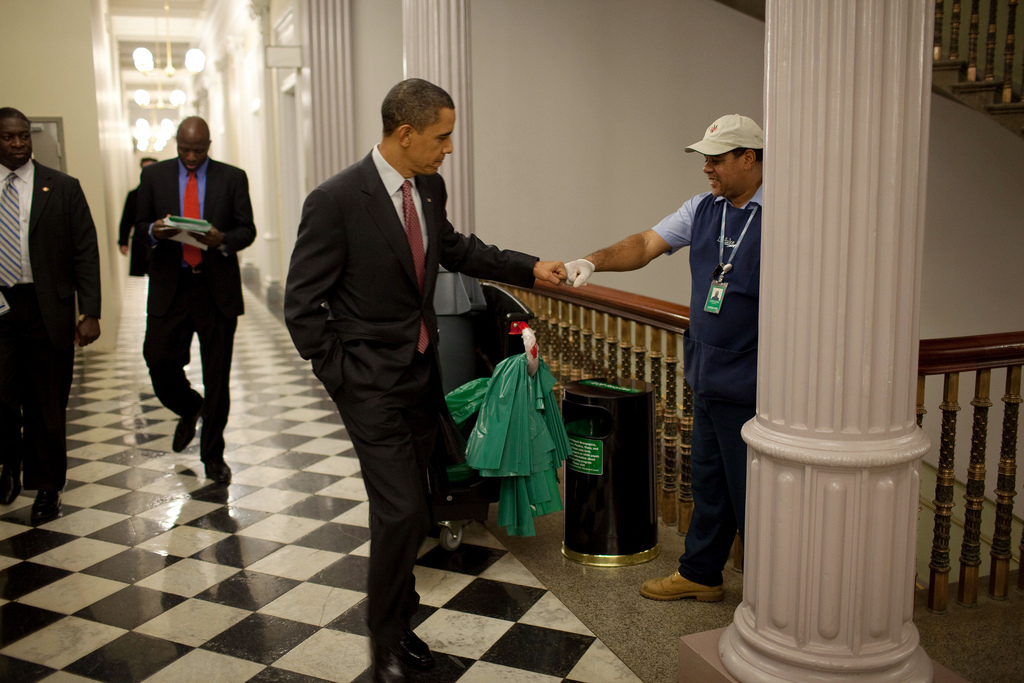

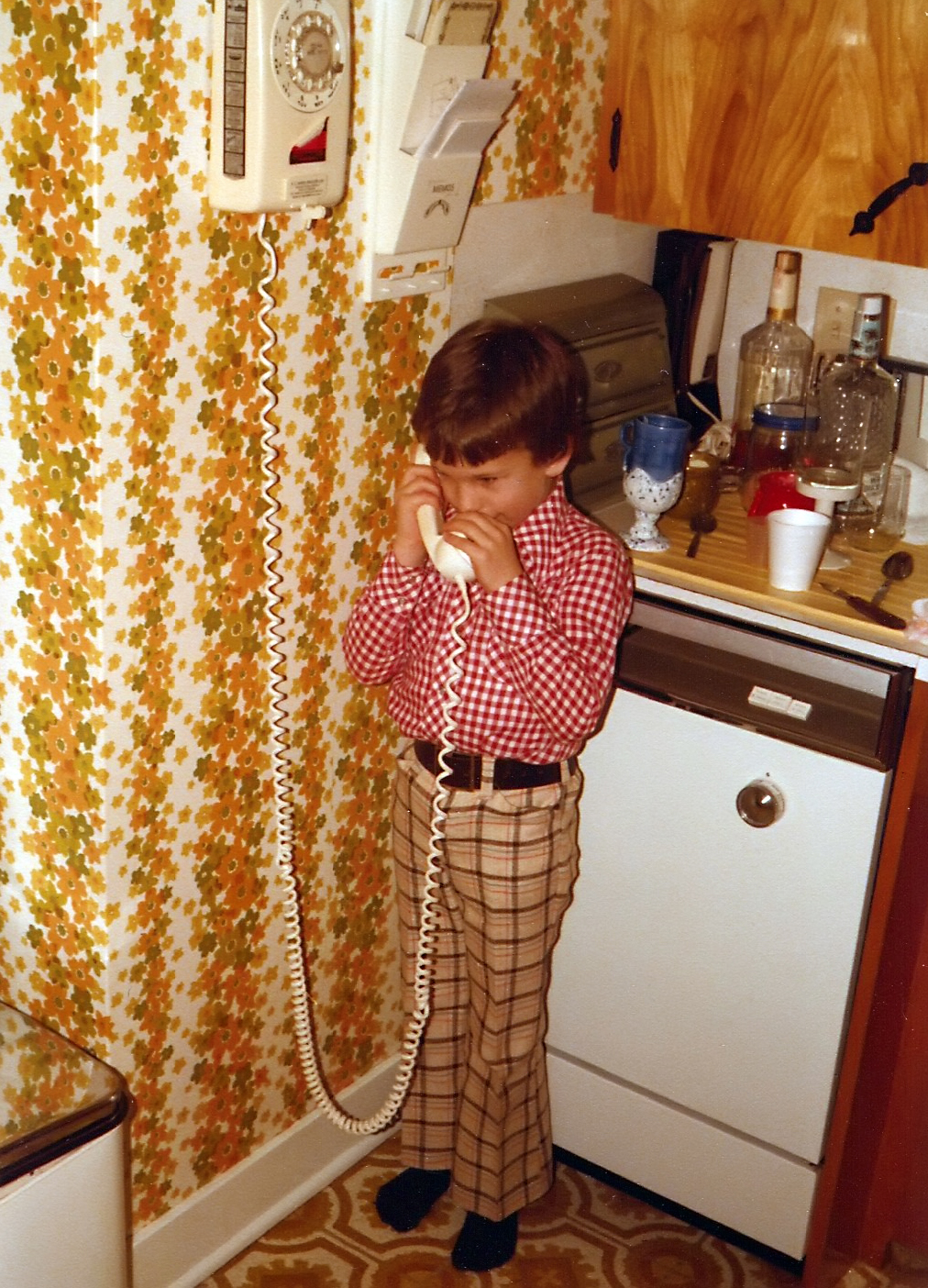 Online social media can draw people to your brand community and help return humanity to the world of business but it will never get rid of one-on-one voice conversations.
Online social media can draw people to your brand community and help return humanity to the world of business but it will never get rid of one-on-one voice conversations. In the business world, we aren’t meeting in office spaces and conference rooms as much as we once used to. Instead, we meet online – a place where we are also making a lot of
In the business world, we aren’t meeting in office spaces and conference rooms as much as we once used to. Instead, we meet online – a place where we are also making a lot of 
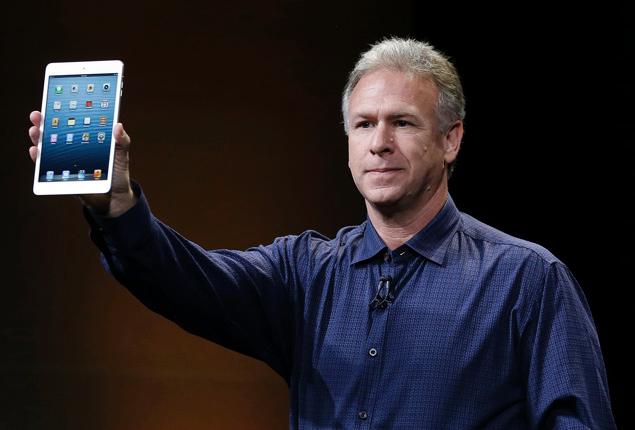


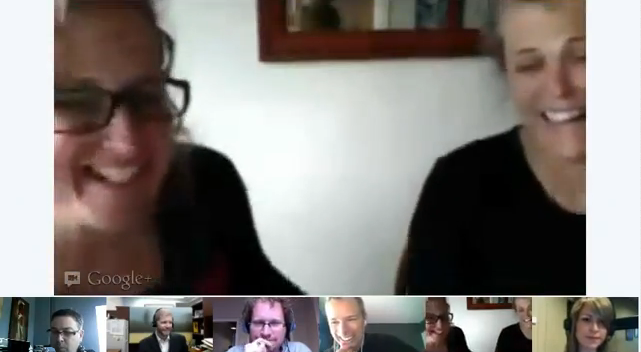


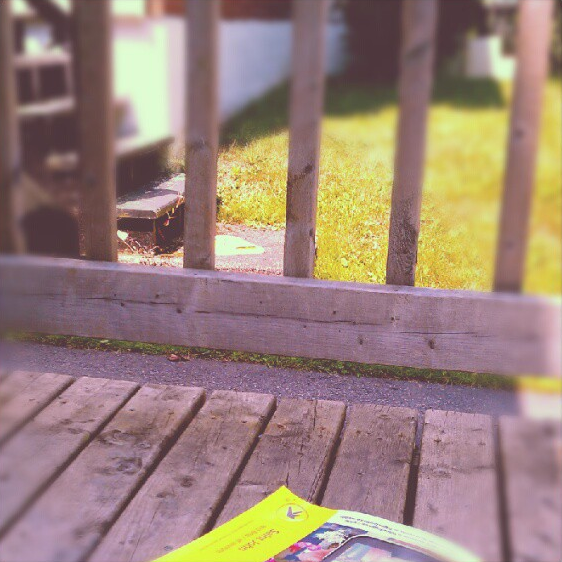






![[Edited] Photo of the Display Window at Envy Saint John, Fashion Forward 2011 [Edited] Photo of the Display Window at Envy Saint John, Fashion Forward 2011](http://static1.squarespace.com/static/57ec45673e00be08c53b9142/57ec809435a11a0c37e006c3/57ec809c35a11a0c37e0078e/1475117212050/Fashion_Fwd2011-117.jpg?format=original)